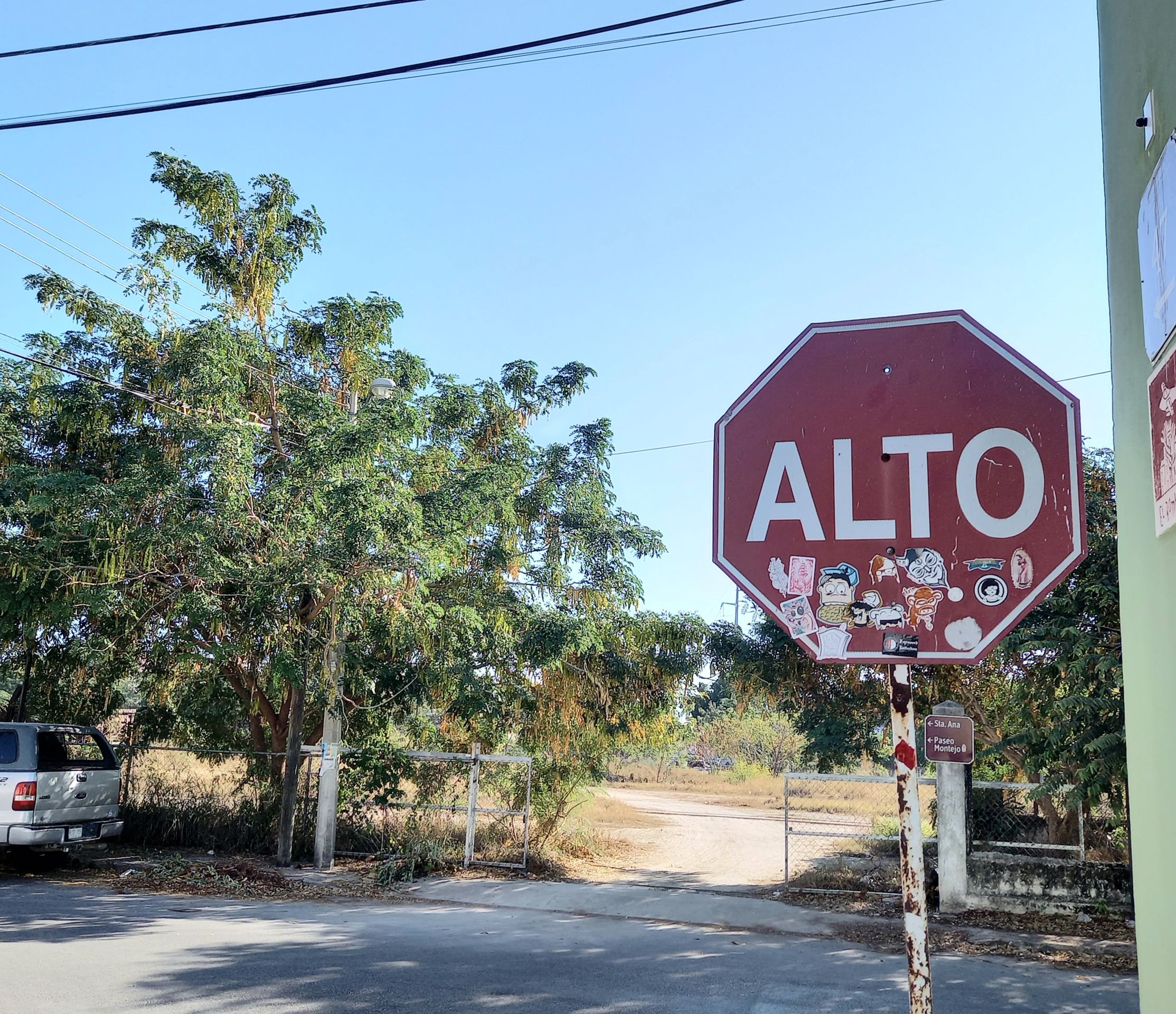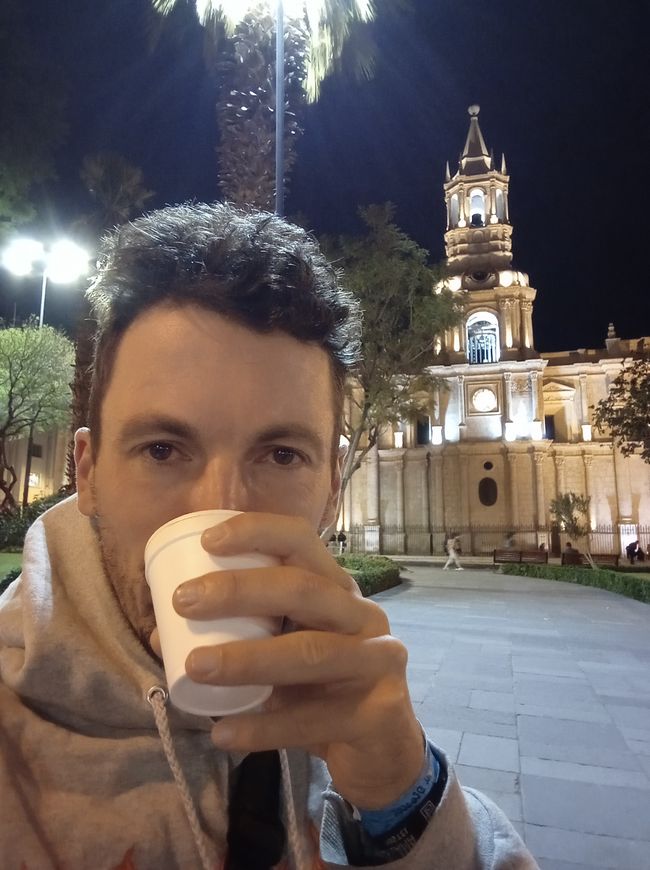Cordoba, Argentina
Közzétett: 07.04.2022
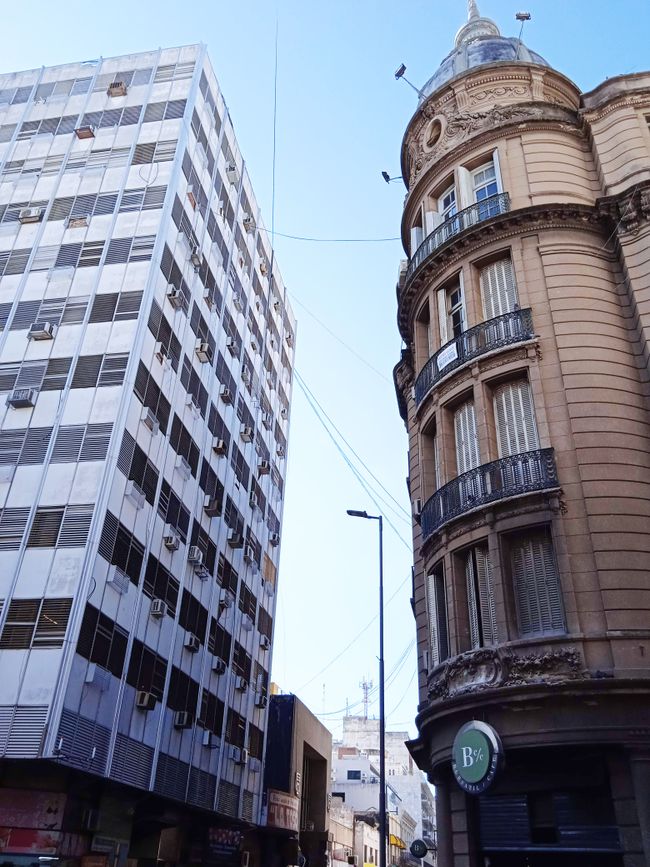
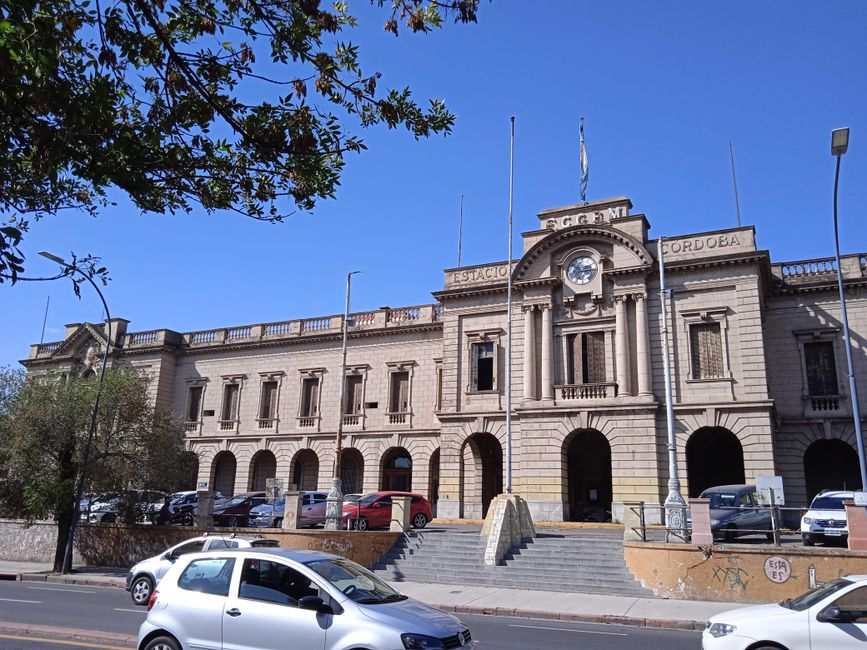
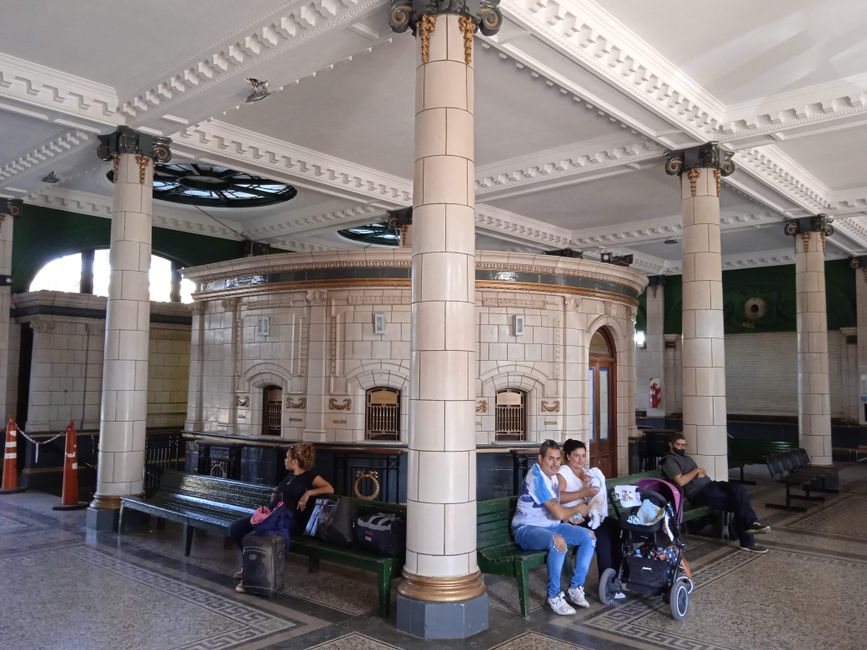
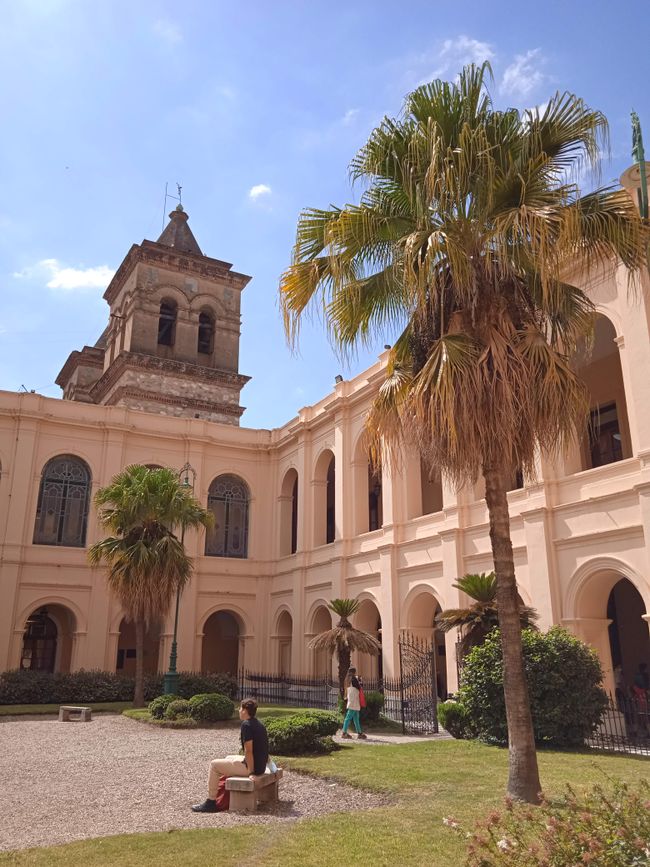
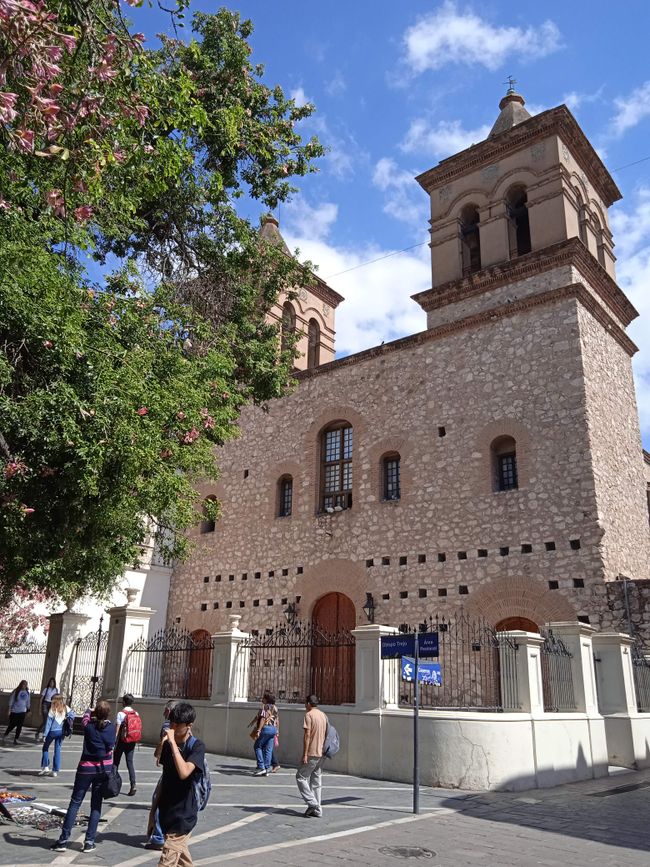
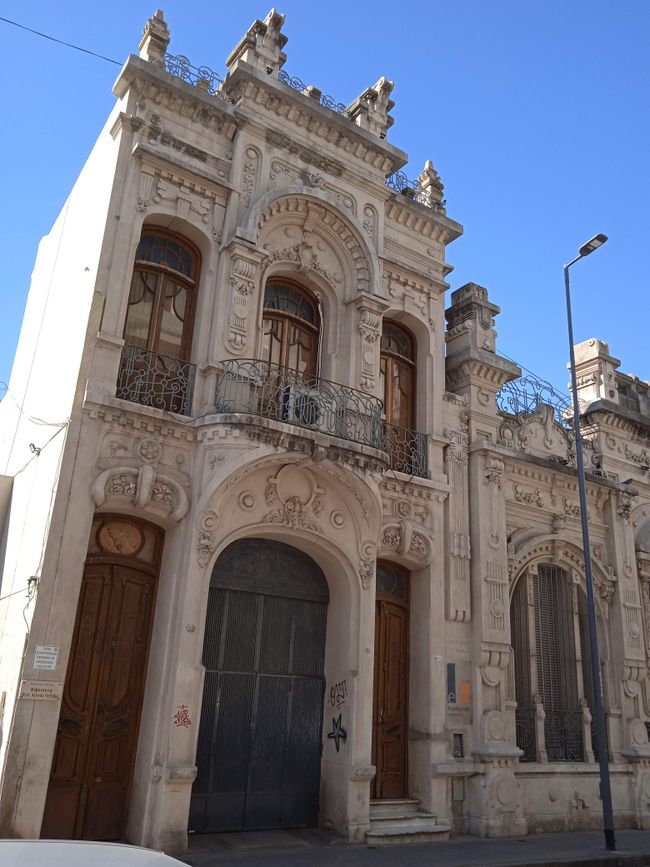
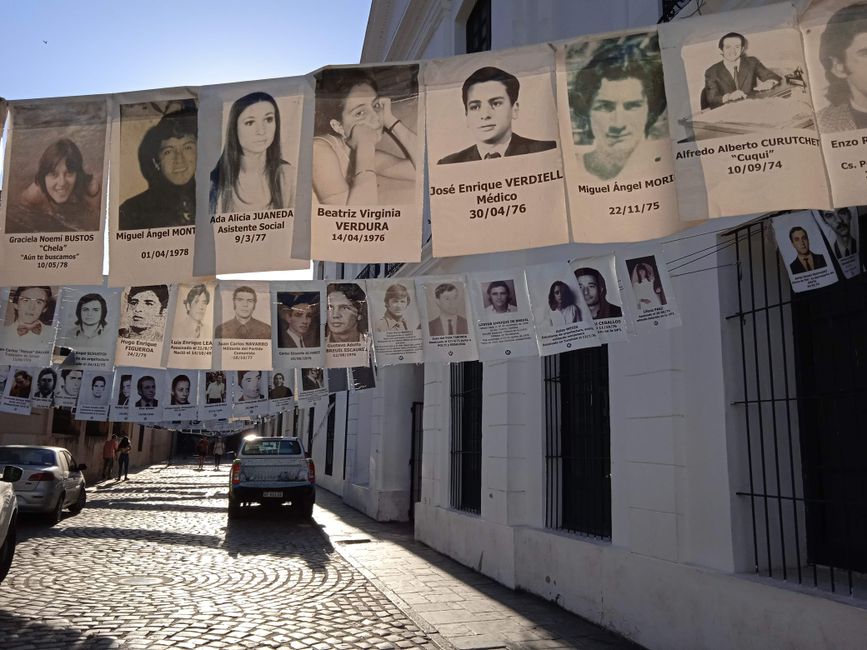
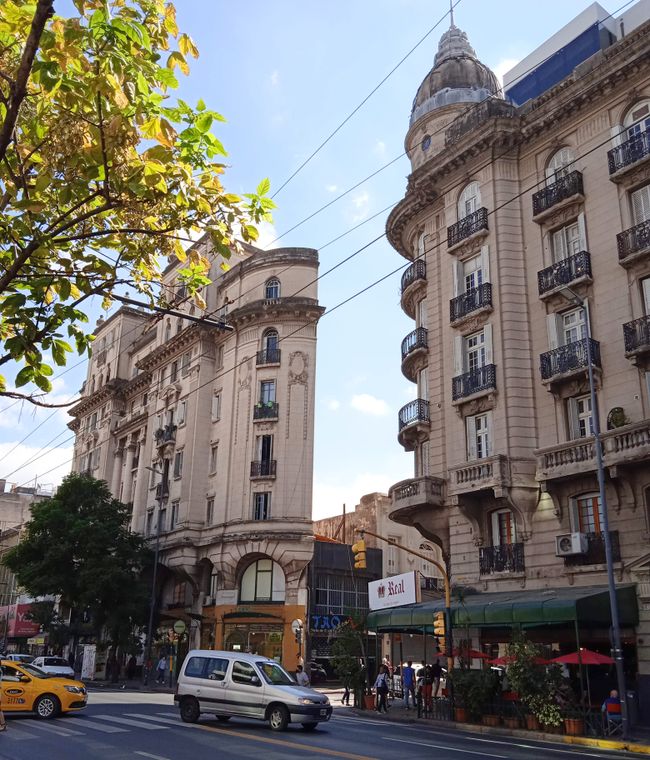
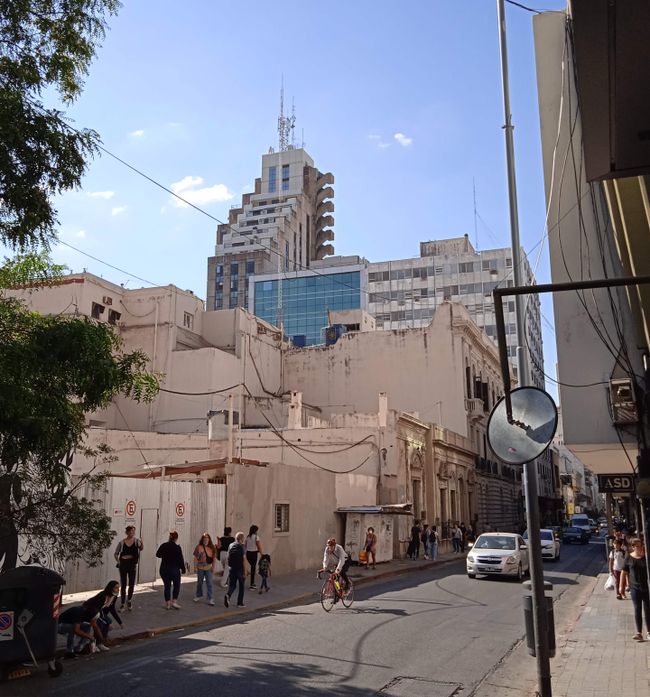
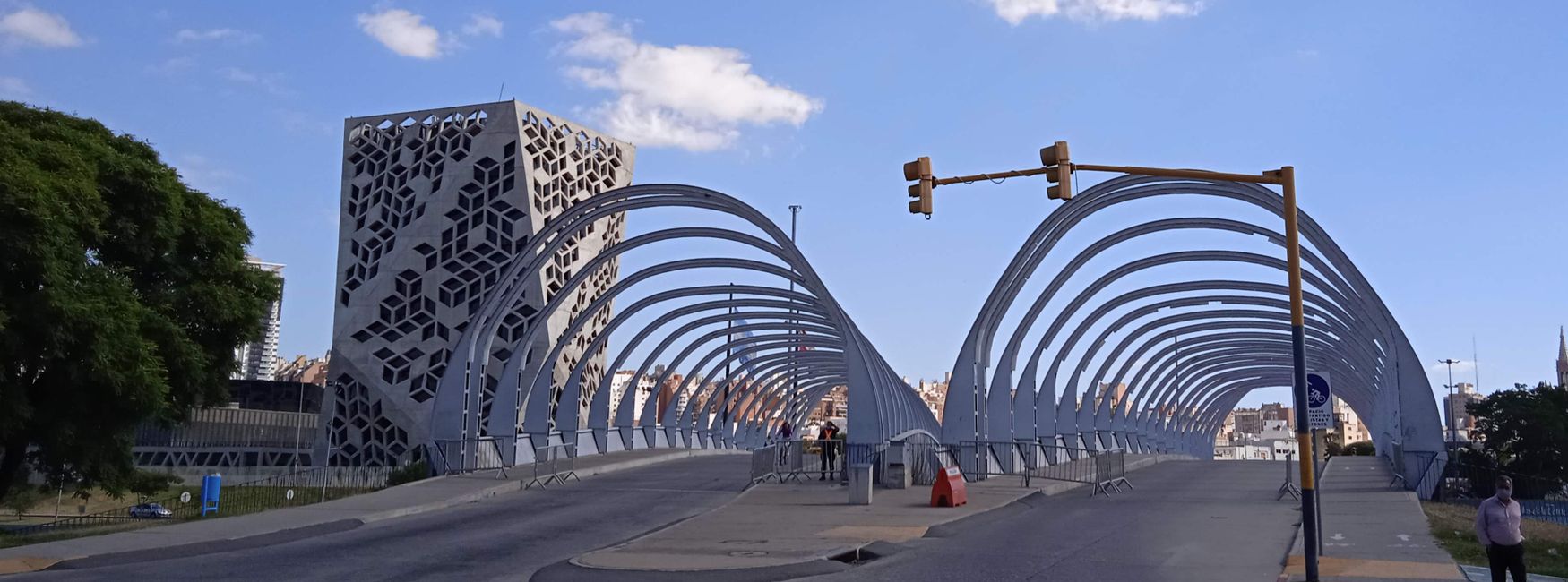
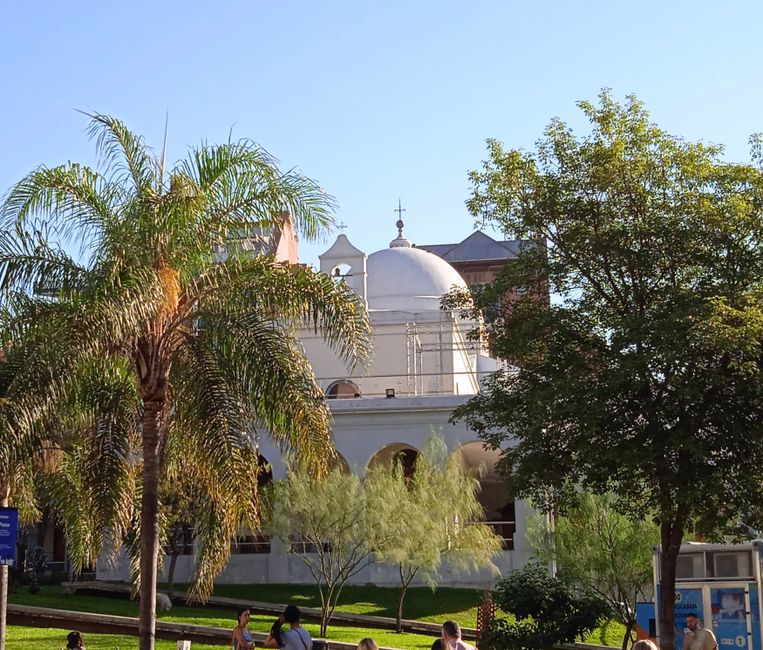
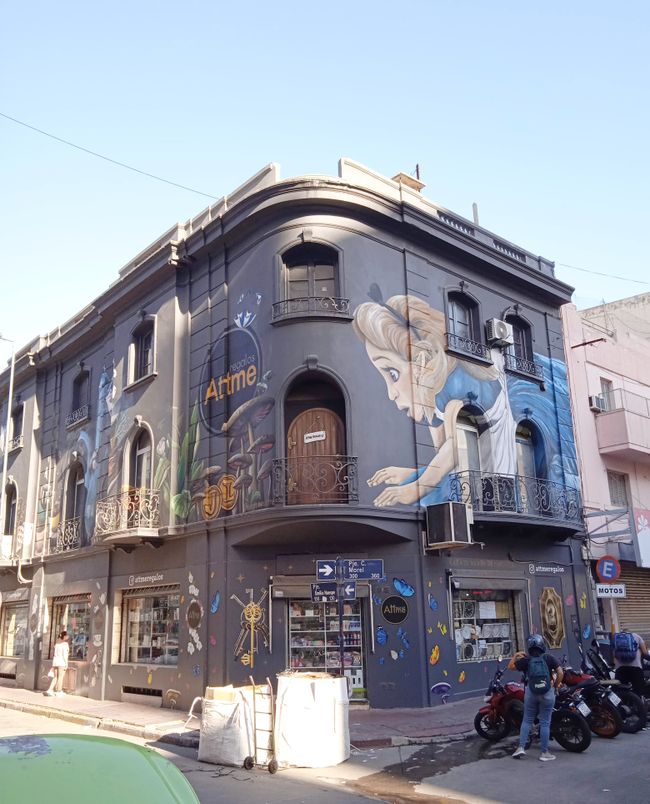
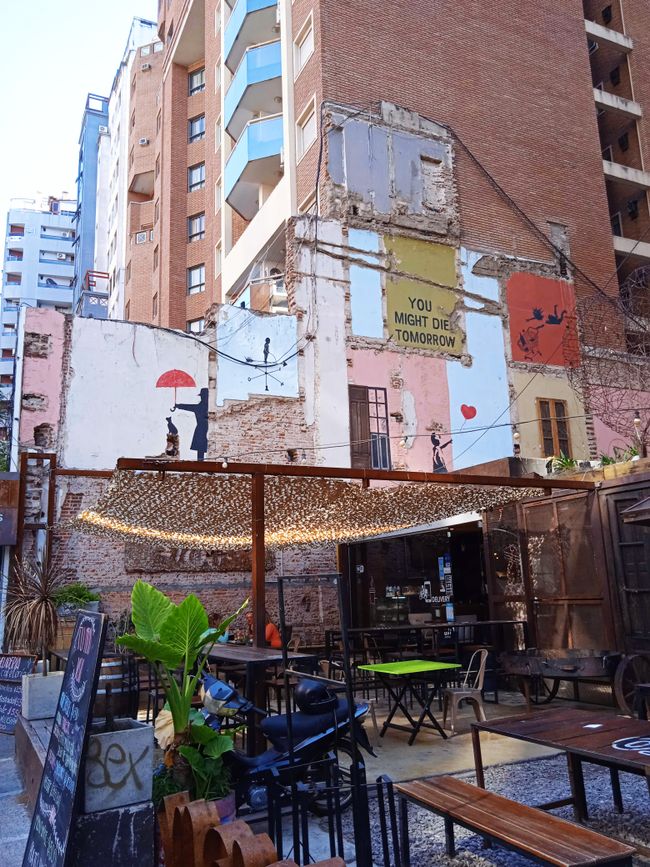
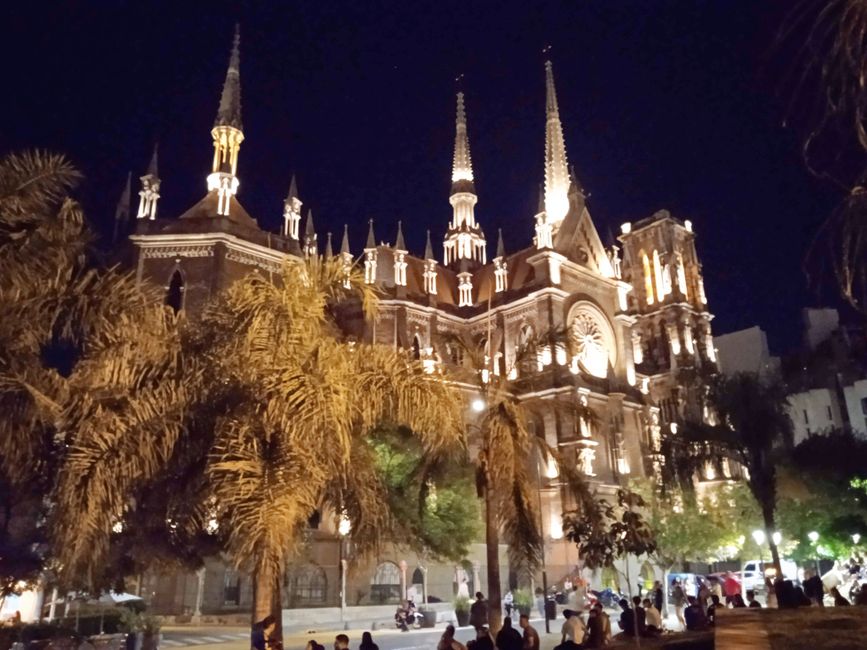
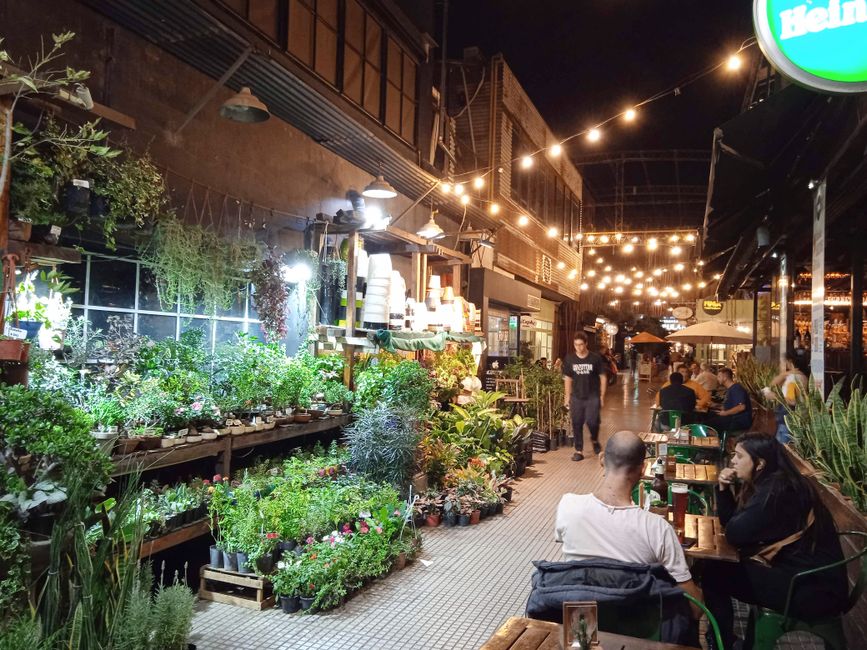
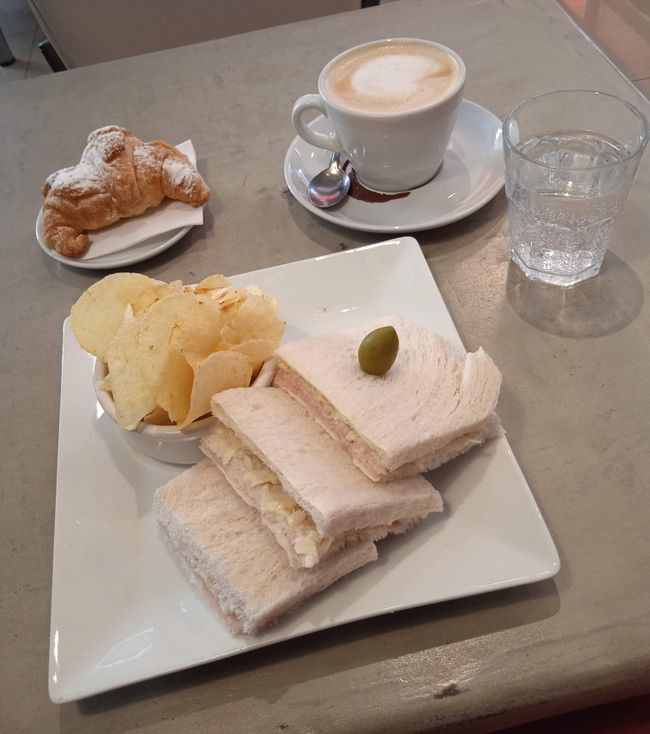
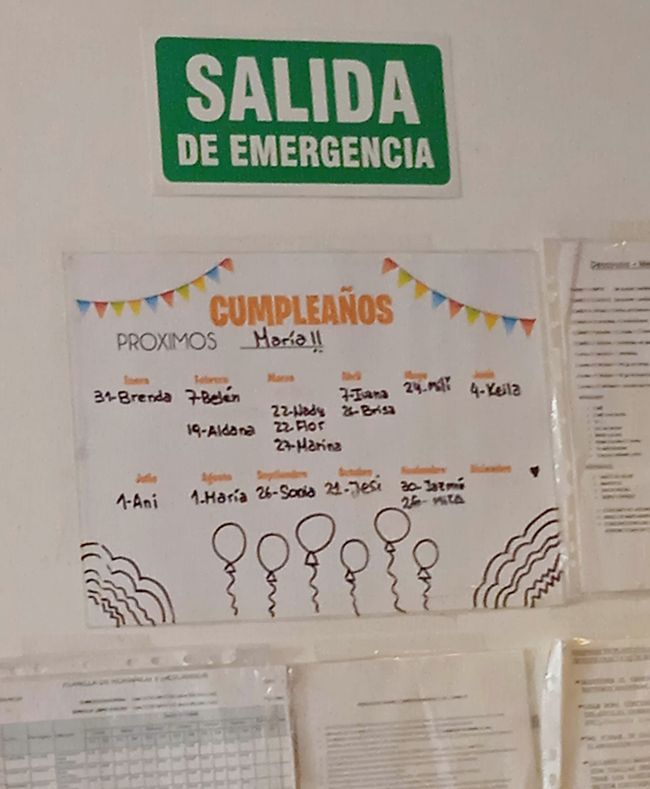

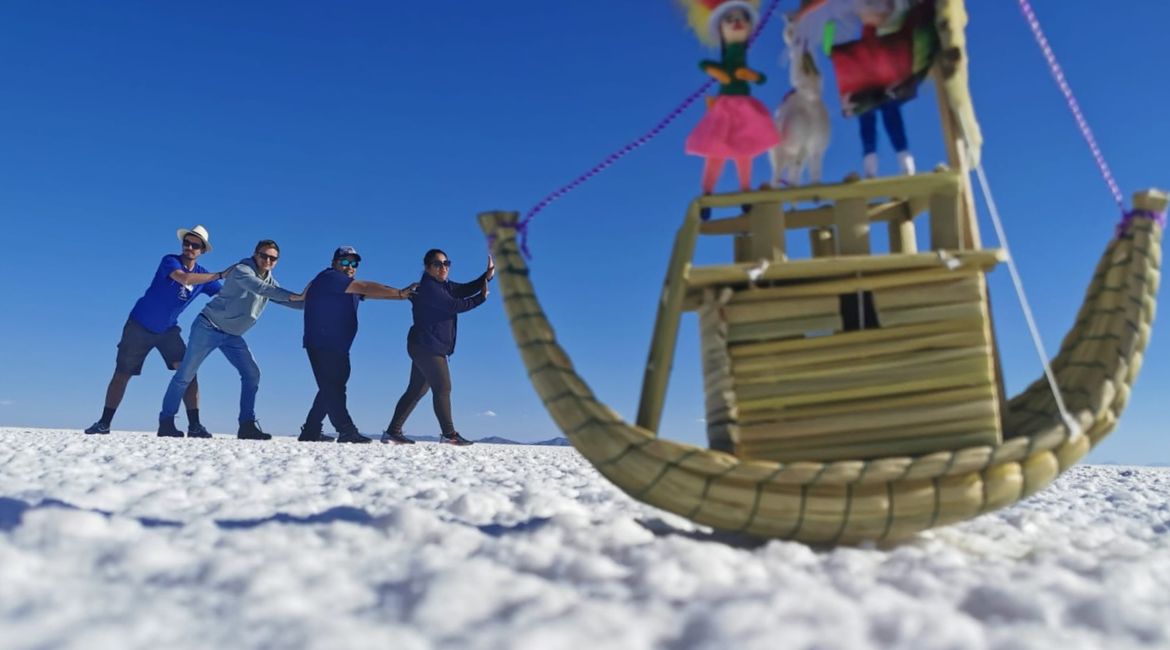
Feliratkozás a hírlevélre
Argentina was a different story. I had left Peru and Bolivia behind and ventured far south and east. With a population of approximately 1.5 million, Cordoba was the second largest city in the country and dominated a particularly fertile agricultural region in northeastern Argentina.
The colonial era and the obsessive search for the gold and silver of the ancient American civilizations had left few traces in the Pampas, the vast Argentine grassland. Argentina's moment came only when a rapidly growing world population had to be fed in the late 19th century, and the fertile soils offered numerous immigrants from Europe a new home.
The European heritage of the country was still particularly visible today, in the faces of the people or in the cityscape dominated by bourgeois houses inspired by Italian and French models. But it was also evident in everyday life, with predominantly European car brands like Renault, Fiat, Volkswagen and Peugeot seen on the streets (instead of the usual Asian vehicles). I was also pleased to find that the local power outlets were compatible with the plugs I had brought from home.
In terms of climate, Cordoba also reminded me of late summer in Europe. The low sun warmed the air and the leaves changed colors, while the corn in the fields was ready for harvest and the people looked forward to the cooler season. Season, the word itself had lost its meaning for me in the past few months. When I told Matt from Melbourne about my surprising observations about the beginning of autumn in April, he sarcastically remarked, 'Welcome to the Southern Hemisphere!'
Furthermore, Cordoba held little new, surprising, or noteworthy for me. A little culture, a little history, a bit of Pope Francis, a bit of a college town, somewhat hip, somewhat run-down - a relaxed mix.
Accustomed to converting currencies into Guatemalan quetzals, Colombian pesos, Peruvian soles, and Bolivian bolivianos, I found the Argentine pesos a bit more difficult. 120 pesos were about 1 euro, and 100 pesos were roughly 80 cents, meaning I had to become familiar with the multiplication table of eight. For a lunch, I paid between 500 and 800 Argentine pesos.
Argentina, that is.
Feliratkozás a hírlevélre
Válasz
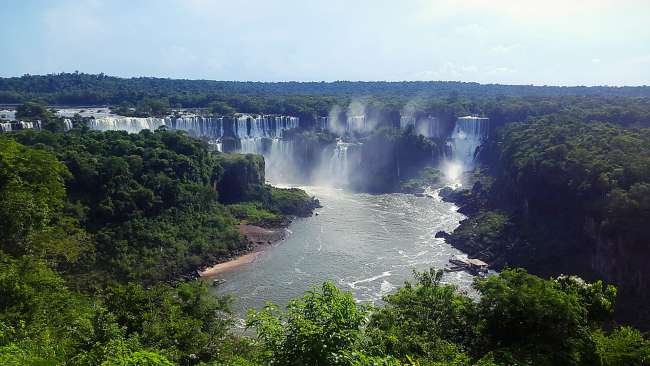
Argentína utazási jelentések
